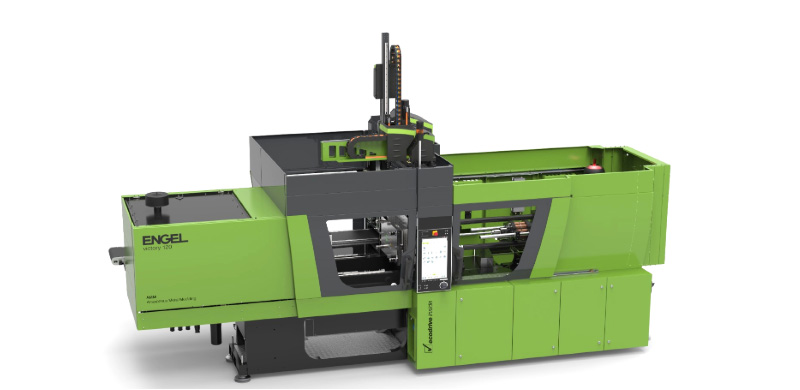Injection molding machines are usually divided into machines dedicated to crystalline and amorphous plastics. Among them, amorphous plastic injection molding machines are machines designed and optimized for processing amorphous materials (such as PC, PMMA, PSU, ABS, PS, PVC, etc.).
Features of amorphous injection molding machine
Temperature control system:
Equipped with a precision temperature control system to ensure that it can smoothly control the temperature rise and insulation to avoid material overheating and decomposition.
Efficient segmented temperature control is usually required.
1. Screw design:
The screw needs to provide proper shear and mixing performance for amorphous materials, usually with low compression ratios and special designs to adapt to material properties.
2. Injection speed and pressure:
Higher injection pressures and slower injection speeds are required to avoid air bubbles and ensure a smooth surface.
3. Mold heating and cooling:
Strict temperature control of the mold is required, and a mold thermostat is usually used to maintain a stable temperature.
4. Air venting and degassing:
Amorphous plastics are prone to gas bubbles or decomposition gases, so molding machines and molds need good exhaust function.
Properties of Amorphous Plastics
- No fixed melting point: softens gradually when heated, rather than melting quickly at a certain temperature like crystalline plastics.
- Higher glass transition temperature (Tg): higher temperatures are required to achieve plastic flow.
- Lower shrinkage: Finished amorphous plastics are more dimensionally accurate and have less warpage and distortion.
- Good transparency: Some amorphous materials, such as PC and PMMA, have excellent optical properties.
- Limited chemical resistance: specific requirements for equipment and molds.
Post time: Nov-25-2024



